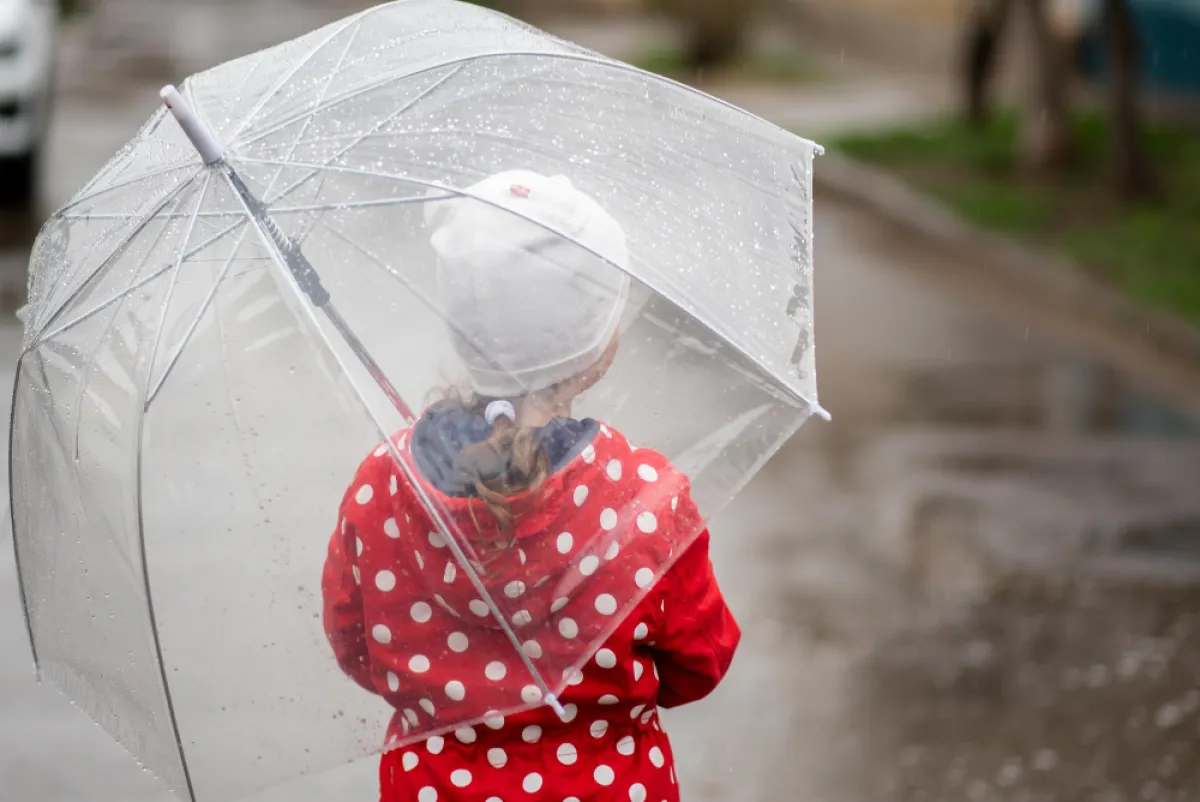The arrival of the rainy season often brings a host of various illnesses due to the changing weather conditions and increased humidity, promoting certain viral and bacterial activities. There are five groups of common diseases during this period that both Thais and foreign tourists entering Thailand should be aware of for preventative purposes. They are:
- Respiratory Diseases: Influenza, bronchitis, pneumonia, and pulmonary edema are among the diseases in this category. The changing weather conditions combined with inhaling airborne viruses from coughs and sneezes can lead to these illnesses. The damp weather during the rainy season further facilitates the spread of these diseases. Even touching objects contaminated with the virus can result in infection. To prevent these illnesses, one should wear a mask if they are sick or in crowded areas, cover their mouth and nose when coughing or sneezing, and most importantly, frequently wash their hands.
- Mosquito-Borne Diseases: Dengue fever, encephalitis, and malaria are examples of diseases spread by mosquitoes, be it the Aedes, Culex, or Anopheles species. They usually breed in water bodies or containers with stagnant water. Common symptoms include fever, chills, and headaches. In severe cases, it may lead to shock, unconsciousness, and even death. The best prevention methods include getting vaccinated, eradicating mosquito breeding grounds, avoiding mosquito bites, using mosquito repellent when venturing into forests during the rainy season, or trying to stay away from areas with many trees.
- Group of Water and Foodborne Diseases such as diarrhea, sudden dysentery, typhoid, food poisoning, hepatitis, etc., are caused by consuming contaminated food and water that are infected with microbes and bacteria. Patients often experience stomach pain, diarrhea, constant defecation, vomiting, and in severe cases, dehydration and loss of consciousness can occur. Therefore, special attention should be given to dietary habits, such as consuming freshly cooked food, using a serving spoon, and washing hands thoroughly before eating.
- Group of Diseases from Wound Infections or Skin Membranes such as leptospirosis, or rat urine disease, and conjunctivitis. These are caused by contact with disease-contaminated water, especially stagnant water, sewage in drainage pipes, and water contaminated with feces from humans and animals such as dogs, cows, buffalo, rats, pigs, horses, and wild animals. After being infected for about 1-2 weeks, patients will suddenly experience high fever, headaches, severe muscle pain, along with symptoms like red eyes, stiff neck, alternating with reduced fever, and there may also be liver and kidney failure. Prevention methods include avoiding swimming or wading in water that may be contaminated with urine from disease-carrying animals. If necessary, wear protective boots at all times.
- Hand, Foot, and Mouth Disease is common in young children. It is easily communicable, there is no preventative vaccine, and it has a higher chance of occurring during the rainy season. It is caused by a virus. Infected individuals start with a low fever, fatigue for 1-2 days, oral discomfort, refusal to eat, mouth ulcers resembling burn sores, rashes of red spots or clear blisters on the palms, soles, and possibly along the body, arms, and legs. There are no vaccines for prevention yet, so it is advised to separate infected patients from other children and frequently clean the toys and the environment where the children reside daily.
